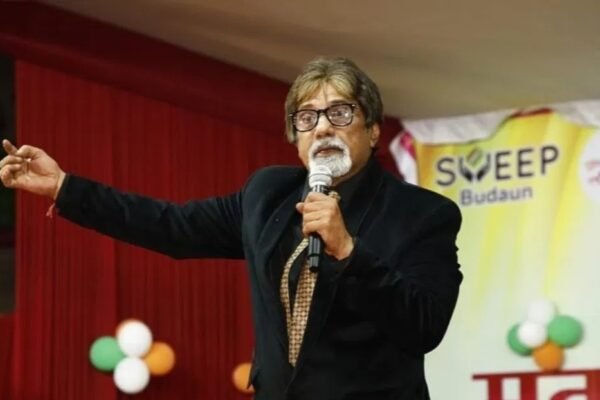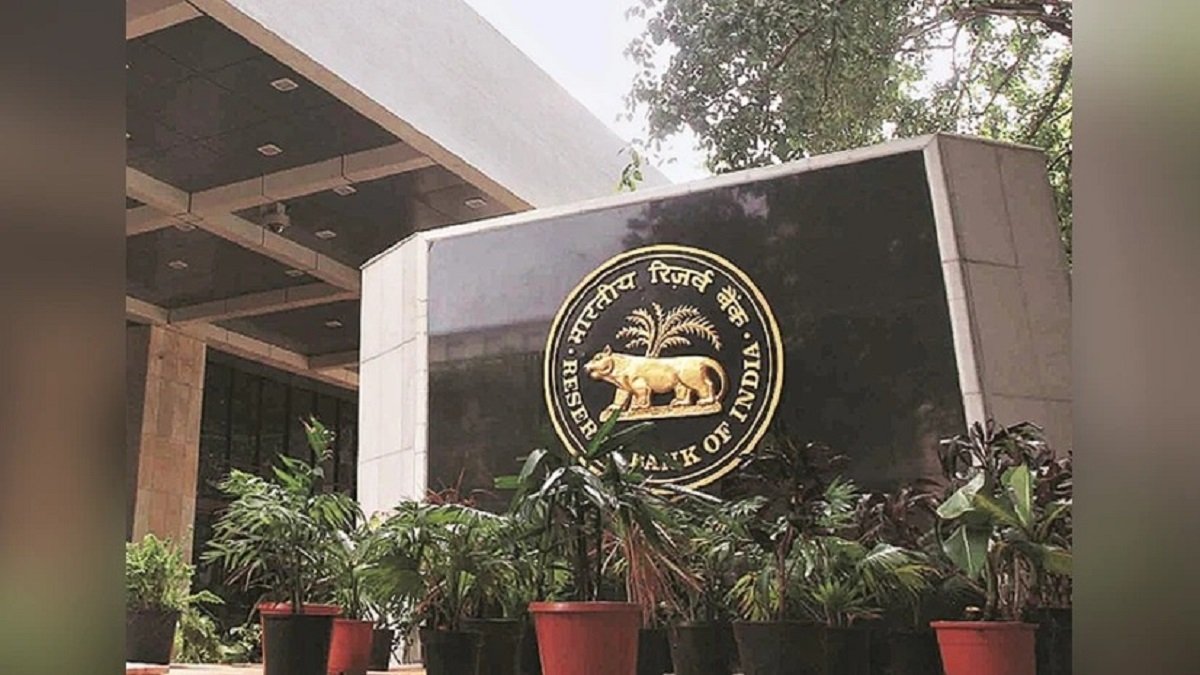The Reserve Bank of India’s inflation forecasting model is facing scrutiny from economists due to its consistent overestimation of price pressures this year, which has influenced a hawkish policy stance.
The central bank’s inflation miss in the first quarter was 0.7 percentage points, the largest discrepancy in nearly six years and significantly higher than economists’ forecasts. Subsequent quarters also showed inaccuracies, with deviations of 0.2 points and 0.1 points, respectively.
Economists anticipate a significant shortfall in the current quarter following unexpectedly low inflation data in October. This suggests that the RBI’s previous inflation forecast of 2.6 percent for the fiscal year ending in March may no longer be accurate. UBS economist Tanvee Gupta Jain projects inflation to be between 2 percent and 2.2 percent, marking a historical low, while the RBI aims to maintain inflation at 4 percent.
The RBI is viewed as having been overly hawkish and hesitant to reduce interest rates, despite the economy’s need for support following US tariffs on Indian goods.
In June, Governor Sanjay Malhotra implemented a 50 basis point interest rate cut and changed the policy stance to neutral, indicating limited potential for further rate reductions. The RBI has since maintained unchanged rates despite decreasing inflation.
Sonal Varma, an economist at Nomura Holdings Ltd., noted that central banks typically adopt a conservative approach in their forecasts, which frequently reflect policy intentions instead of straightforward predictions.
The speaker warns that consistently low inflation compared to forecasts can lead to higher-than-intended inflation-adjusted interest rates, making monetary policy unintentionally restrictive and potentially damaging policy credibility
The RBI and economists have miscalculated inflation forecasts this year primarily due to a significant decline in food prices, driven by strong harvests and better supply chain management. Given that food constitutes 46% of the consumer price index, its impact on inflation is substantial, with food prices dropping a record 5.02% year-on-year in October.
Inflation forecasts have been inaccurate this year, but adjustments to policy based on real outcomes are crucial, according to A. Prasanna, chief economist at ICICI Securities. He anticipates a final rate cut of a quarter point by the RBI in December. Malhotra highlighted that food price volatility has historically affected headline inflation by approximately 3 percentage points over the last eight to nine years, while core inflation, which excludes food and fuel, has only increased slightly.
The RBI updated its inflation forecasting framework in 2023 with the Quarterly Projection Model 2.0, which emphasizes fiscal-monetary interactions, fuel pricing, capital flows, exchange rates, and central bank interventions. The model is being refined with new data for better nowcasting and forecasting of macroeconomic variables. Additionally, an outdated consumer price basket may contribute to inflation overestimations, with an updated gauge expected from India’s Ministry of Statistics early next year to address forecasting errors.
During the July-September quarter of 2024, India’s GDP increased by 5.4%, significantly lower than the Reserve Bank of India’s (RBI) projection of 7%. This represents one of the RBI’s largest forecasting errors in recent history. In contrast, GDP growth for the April-June quarter was 7.8%, exceeding the RBI’s estimate of 6.5%. The latest inflation forecast from the RBI anticipates an average of 1.8% for the current quarter, nearly twice the 0.7% predicted by Deutsche Bank’s Kaushik Das. Inflation is projected to increase gradually to 4.5% by April-June of the following year, with potential revisions expected in December.
Soumya Kanti Ghosh, chief economic adviser at State Bank of India Group, commented that the RBI likely missed a chance for pre-emptive action in August and October due to soft inflation. He noted that maintaining monthly inflation forecasts is challenging, and relying on long-term predictions could undermine the central bank’s communication with market forces.









































































































































































































































































































